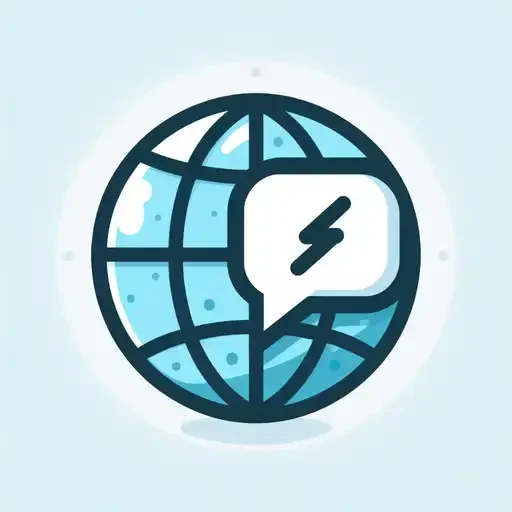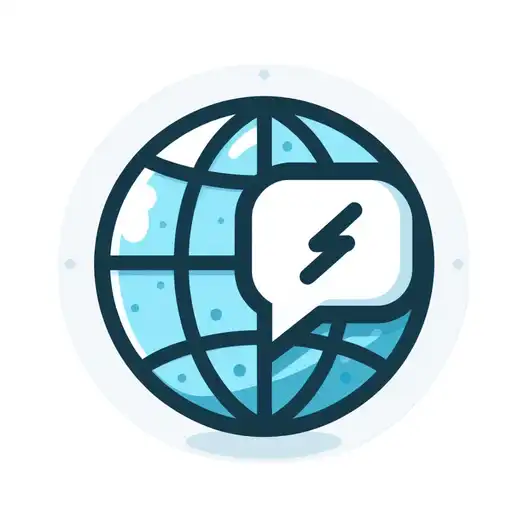Imagine a vast, intricate machine – the government – constantly working to address societal challenges and steer the nation forward. But how exactly does this machinery function? Two key components play a crucial role: government policies and programs. While these terms are often used interchangeably, understanding the distinction between them is vital for a clear picture of governance. This comprehensive guide will delve into the world of government policies and programs, explaining their purpose, creation process, and how they work together to shape our lives.
Government Policies: The Guiding Principles

Government policies serve as the compass guiding the ship of state. They are essentially broad statements of intent that outline the government’s stance on specific issues and the desired outcomes it seeks to achieve. These policies encompass a wide range of areas, including:
- Education (e.g., promoting access to quality education, fostering innovation in teaching methods)
- Healthcare (e.g., ensuring universal healthcare coverage, investing in preventative care)
- Environment (e.g., tackling climate change, protecting endangered species)
- Economy (e.g., stimulating economic growth, promoting job creation)
- National Security (e.g., safeguarding national interests, maintaining a strong military)
Characteristics of Government Policies:
- Broad in Scope: Policies provide a high-level direction for government action, avoiding getting bogged down in specifics.
- Long-Term Vision: Effective policies focus on achieving long-term goals and objectives that may take years or even decades to fully realize.
- Adaptable: Policies should be flexible enough to adapt to changing social and economic realities.
Examples of Government Policies:
| Policy Area | Policy Statement |
|---|---|
| Education | All children deserve access to a quality education that equips them with the skills and knowledge to succeed in the 21st century. |
| Healthcare | Healthcare is a fundamental human right, and the government is committed to ensuring affordable and accessible healthcare for all citizens. |
| Environment | We are obligated to protect the environment for future generations, and the government will prioritize sustainable practices and conservation efforts. |
Government Programs: Putting Policy into Action

Government programs translate the abstract principles outlined in policies into concrete action plans. Think of them as the blueprints that bring policies to life. Programs establish clear objectives, define eligibility criteria for participation, and outline specific strategies for implementation. Here are some key aspects of government programs:
- Specificity: Programs provide a detailed roadmap for achieving the goals set forth in a policy.
- Funding Mechanisms: Programs typically have allocated budgets to support their activities. These funds may come from taxes, grants, or other sources.
- Implementation Strategies: Programs define clear steps for carrying out the program’s objectives. This may involve collaborating with government agencies, non-profit organizations, or private entities.
Examples of Government Programs:
| Policy Area | Policy Statement | Related Program | Program Description |
|---|---|---|---|
| Education | All children deserve access to a quality education. | Head Start Program | Provides comprehensive early childhood education services for low-income children. |
| Healthcare | Healthcare is a fundamental human right. | Medicare | Provides health insurance coverage for seniors aged 65 and over. |
| Environment | We are obligated to protect the environment. | Environmental Protection Agency (EPA) Grants | Provides funding for local communities to implement environmental protection initiatives. |
The Policy-Program Cycle: From Vision to Reality
Government policies and programs operate in a continuous cycle, constantly evolving and adapting to meet societal needs. Here’s a simplified breakdown of this cycle:
- Problem Identification: The government identifies a pressing issue or challenge faced by the nation.
- Policy Development: Policymakers debate and craft legislation that outlines the government’s stance on the issue and the desired outcomes.
- Program Design: Based on the established policy, specific programs are developed to translate the policy into actionable steps.
- Program Implementation: Government agencies, non-profit organizations, or private entities put the program into action.
- Monitoring and Evaluation: The program’s effectiveness is continuously monitored and evaluated to determine if it is achieving its goals.
- Policy and Program Refinement: Based on the evaluation results, adjustments may be made to the policy or program to enhance its effectiveness.
The Role of Citizens in Shaping Policy and Programs
Citizens are not merely passive recipients of government policies and programs. They play a crucial role in shaping the public sphere through various avenues:
- Voting: Electing representatives who align with your values and policy preferences is the most fundamental way for citizens to influence government action. By casting your vote, you send a powerful message about the direction you want the country to move in.
- Contacting Elected Officials: Legislators rely on constituent feedback when making decisions. Make your voice heard by writing letters, emails, or calling your representatives to express your views on specific policies or programs.
- Public Hearings and Town Halls: These events provide opportunities for citizens to directly engage with policymakers and voice their concerns or suggestions regarding proposed policies and programs.
- Civic Engagement: Participating in community organizations or advocacy groups allows citizens to join forces and amplify their voices on issues they care about. These groups can lobby for specific policies or hold policymakers accountable for program implementation.
- Social Media Advocacy: Social media platforms offer powerful tools for raising awareness about important issues and mobilizing support for specific policies or programs.
Levels of Citizen Participation in Policy and Programs
| Level of Participation | Description | Example |
|---|---|---|
| Low | Indirect influence through voting | Casting a ballot in an election |
| Medium | Direct communication with policymakers | Contacting your representative to express your views on a specific policy |
| High | Active engagement in shaping policy | Participating in a protest or rally advocating for a particular program |
Conclusion: A More Informed Public Sphere
By understanding the distinction between government policies and programs, we gain a deeper appreciation for the complexities of governance. Policies provide the overarching vision for the nation’s future, while programs serve as the practical tools to translate that vision into reality. Citizen participation is vital to this process, ensuring that policies and programs reflect the needs and aspirations of the people they serve. Through active engagement, citizens can become architects of a more just and prosperous society.


